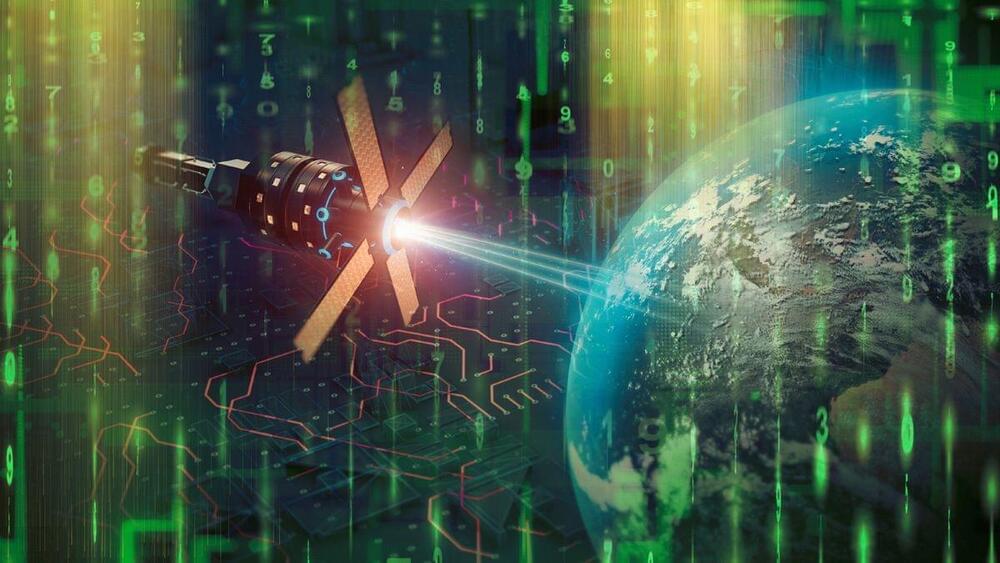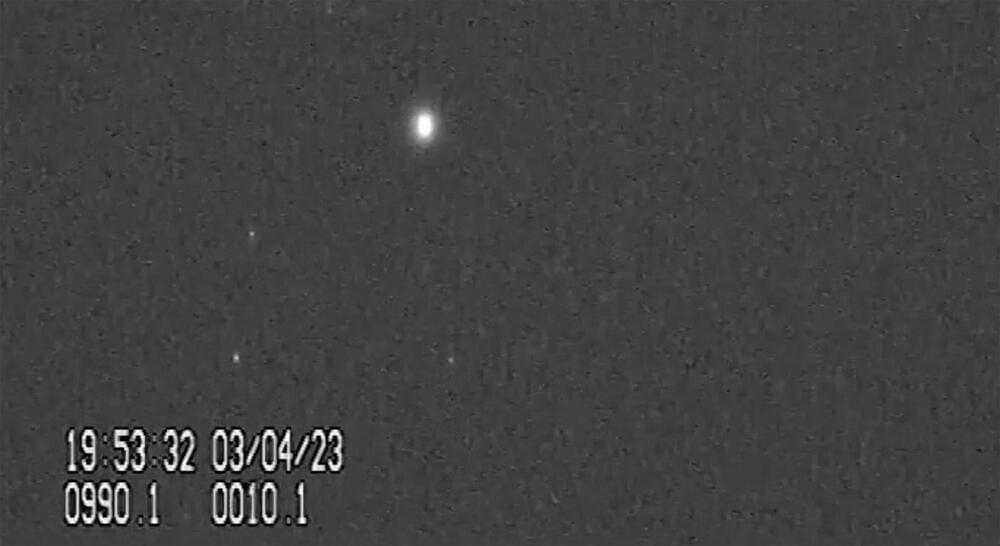Elon Musk says SpaceX is ready for Starship’s next flight. In a new keynote, he talked about what’s next, and how SpaceX will ready for Mars exploration.




That looks promising. 90% accuracy isn’t bad. Now the trick is getting there though we have options on our own solar system possibly. You never know until you try. I doubt we’ll find high level life remnants but perhaps something much less like at most insect level but more likely microbial. I’m just guessing of course.
A team of scientists supported in part by NASA have outlined a simple and reliable method to search for signs of past or present life on other worlds that employs machine learning techniques. The results show that the method can distinguish both modern and ancient biosignatures with an accuracy of 90 percent.
The method is able to detect whether or not a sample contains materials that were tied to biological activity. What the research team refers to as a “routine analytical method” could be performed with instruments on missions including spacecraft, landers, and rovers, even before samples are returned to Earth. In addition, the method could be used to shed light on the history of ancient rocks on our own planet.
The team used molecular analyses of 134 samples containing carbon from abiotic and biotic sources to train their software to predict a new sample’s origin. Using pyrolysis gas chromatography, the method can detect subtle differences in a sample’s molecular patterns and determine whether or not a sample is biotic in origin. When testing the method, samples originating from a wide variety of biotic sources were identified, including things like shells, human hair, and cells preserved in fine-grained rock. The method was even able to identify remnants of life that have been altered by geological processes, such as coal and amber.

Have you ever wondered if the Earth has a heartbeat? Well, it turns out that our planet does pulsate every 26 seconds, and scientists have no idea why.
This mysterious phenomenon has been detected by seismometers across the world for more than half a century, but its origin and meaning remain unknown.


“Wish I had this to cite,” lamented Jacob Andreas, a professor at MIT, who had just published a paper exploring the extent to which language models mirror the internal motivations of human communicators.
Jan Leike, the head of alignment at OpenAI, who is chiefly responsible for guiding new models like GPT-4 to help, rather than harm, human progress, responded to the paper by offering Burns a job, which Burns initially declined, before a personal appeal from Sam Altman, the cofounder and CEO of OpenAI, changed his mind.
“Collin’s work on ‘Discovering Latent Knowledge in Language Models Without Supervision’ is a novel approach to determining what language models truly believe about the world,” Leike says. “What’s exciting about his work is that it can work in situations where humans don’t actually know what’s true themselves, so it could apply to systems that are smarter than humans.”

SAN FRANCISCO/WASHINGTON, Oct 5 (Reuters) — OpenAI, the company behind ChatGPT, is exploring making its own artificial intelligence chips and has gone as far as evaluating a potential acquisition target, according to people familiar with the company’s plans.
The company has not yet decided to move ahead, according to recent internal discussions described to Reuters. However, since at least last year it discussed various options to solve the shortage of expensive AI chips that OpenAI relies on, according to people familiar with the matter.
These options have included building its own AI chip, working more closely with other chipmakers including Nvidia and also diversifying its suppliers beyond Nvidia (NVDA.O).

LOS ANGELES — Northrop Grumman will drop plans to develop its own commercial space station and instead assist a competing effort led by Voyager Space, the companies announced Oct. 4.
Under the new partnership, the companies will cooperate on the development of fully autonomous docking systems for Northrop’s Cygnus cargo spacecraft, allowing it to dock with Voyager’s Starlab space station. The companies also said they will “further explore opportunities to strengthen the development of Starlab” that could include Northrop providing engineering design services for that station. Ars Technica first reported about a potential partnership between the companies.
“This collaboration is a major step forward for the Starlab program,” said Dylan Taylor, chairman and chief executive of Voyager Space, in a statement. “Northrop Grumman’s technical capability and proven success in cargo resupply services will play a pivotal role as we accelerate Starlab’s development.”


Have you seen an unusually bright object moving through the evening sky recently?
Chances are that it wasn’t one of the mysterious objects that the DoD and NASA are currently studying, but was instead one of the growing number of manmade spacecraft taking up residence in Earth’s orbit.
And this one has astronomers particularly concerned.